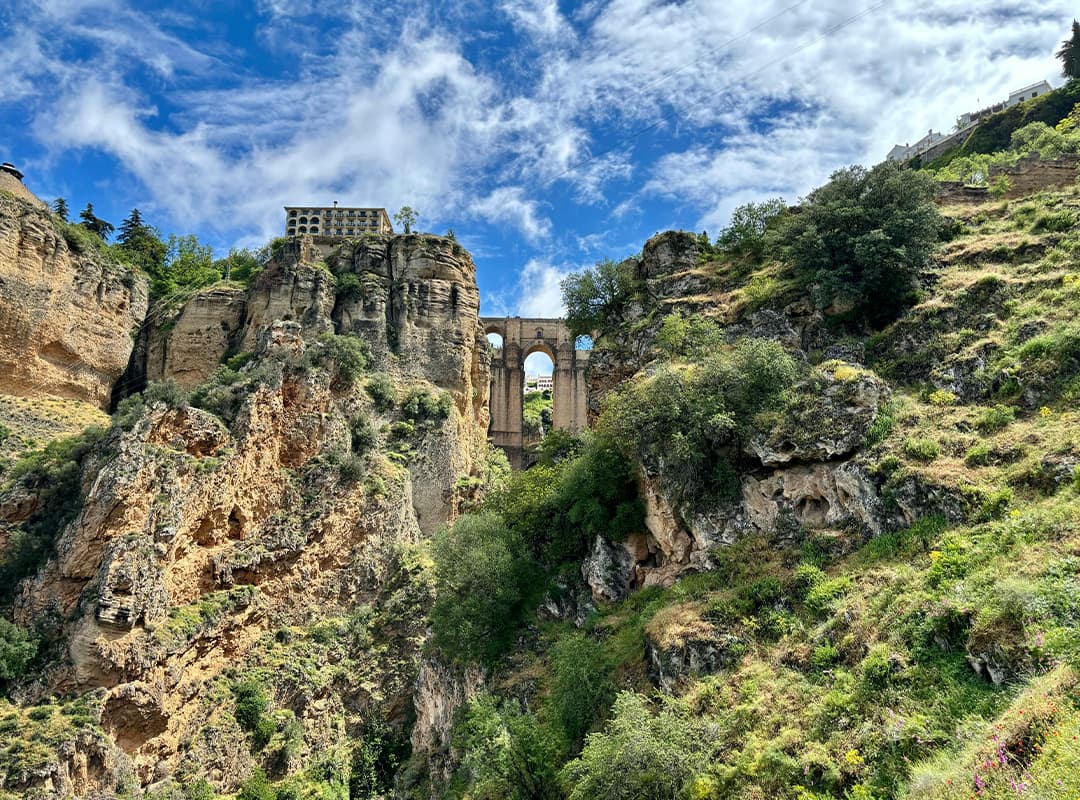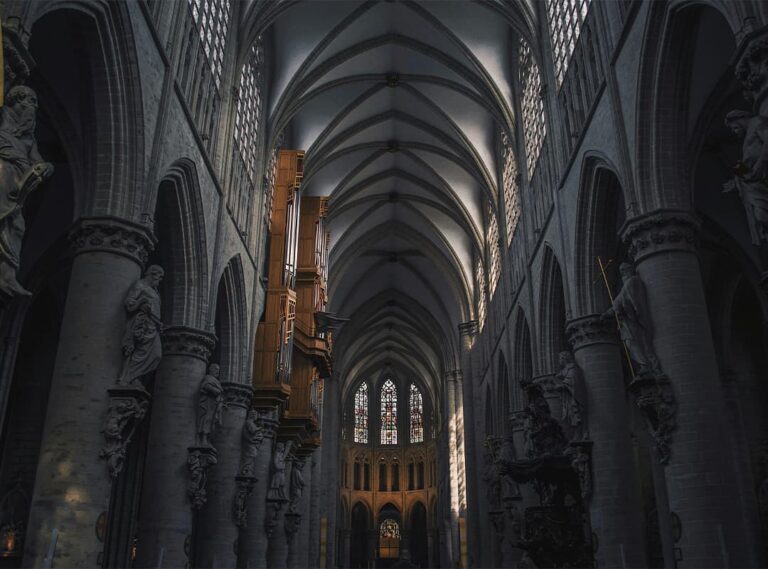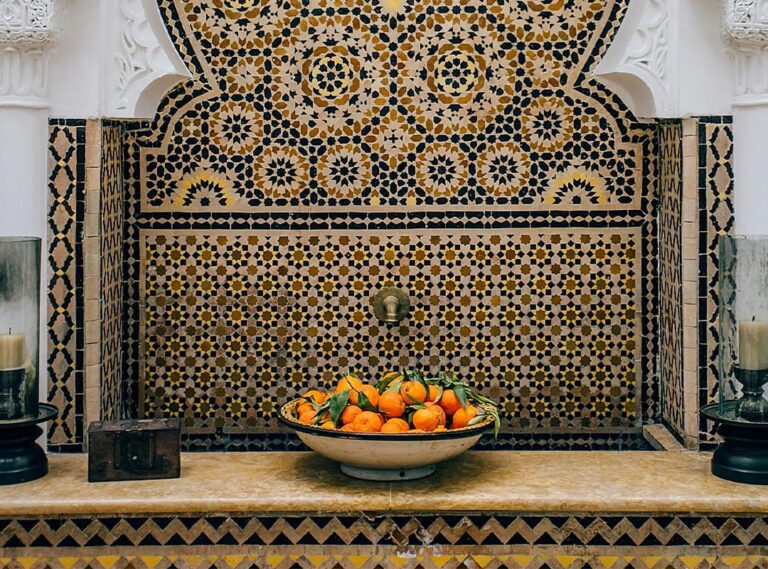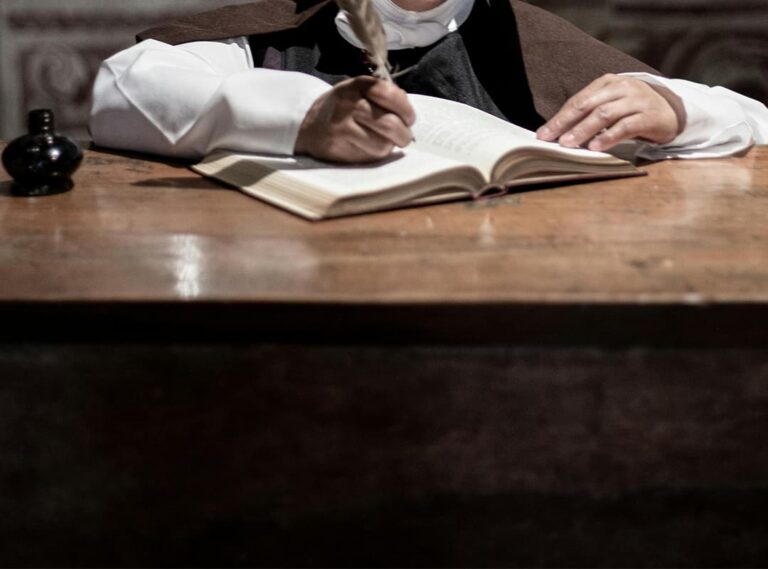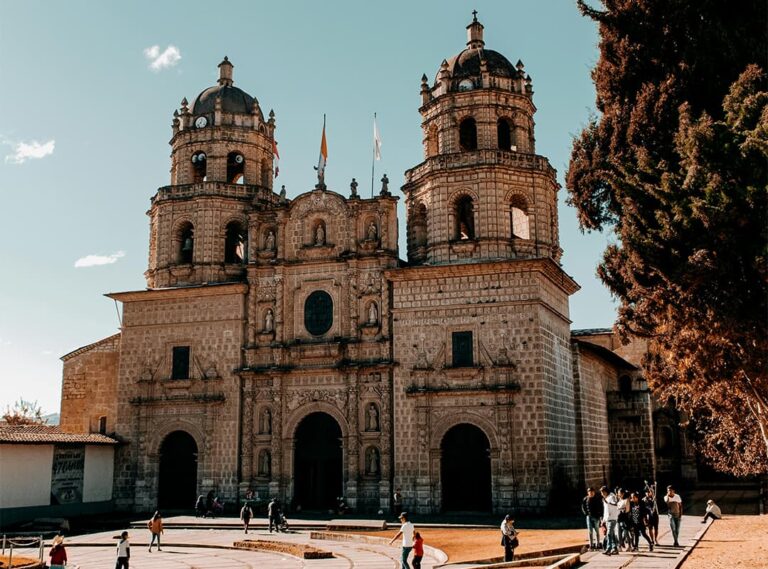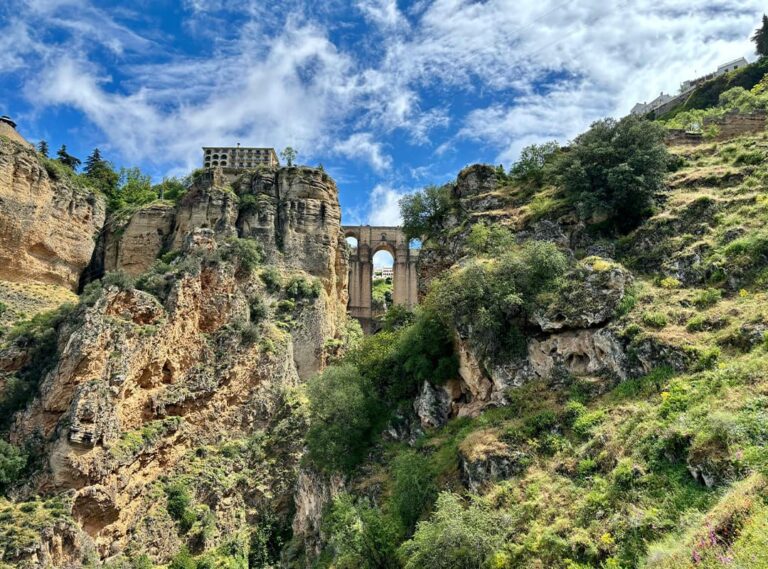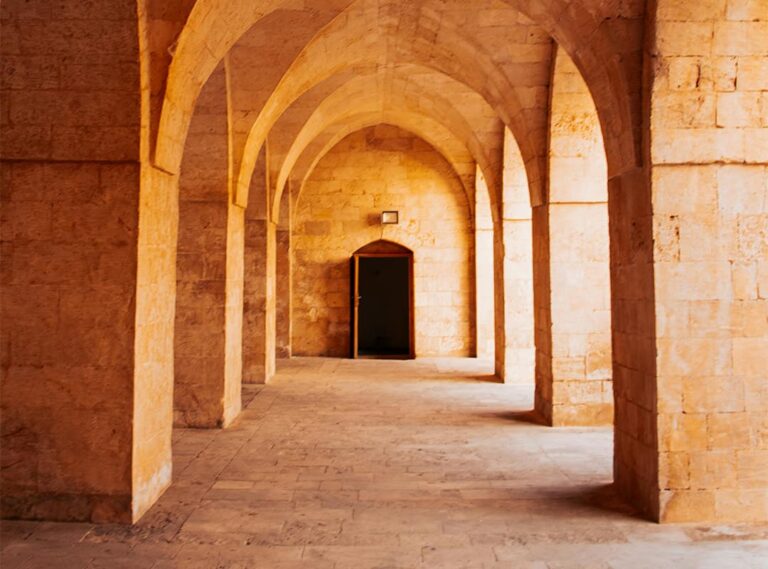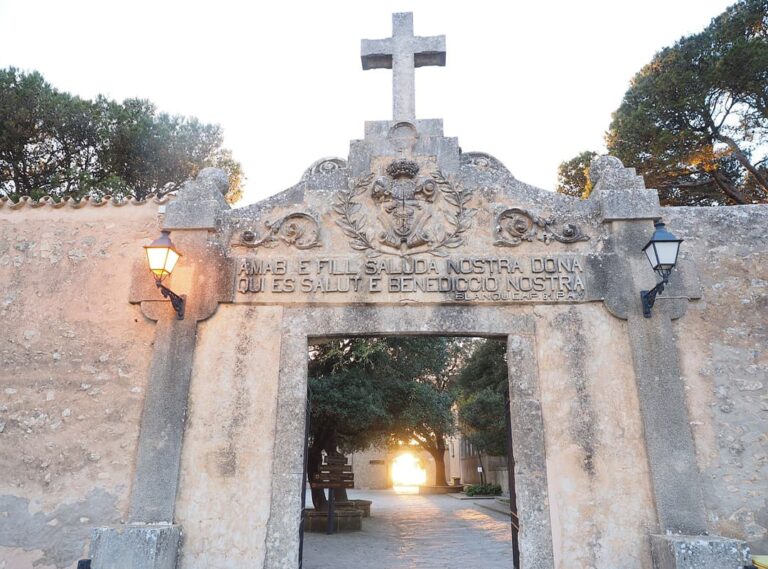Franciscan architecture and art, deeply influenced by the spiritual teachings of Saint Francis of Assisi, are distinguished by their simplicity, humility, and devotion. From the austere yet beautiful convents to the inspiring frescoes and statues, Franciscan artistic expressions have left a lasting legacy on religious and cultural landscapes. This article explores the characteristics of Franciscan architecture and art, their historical development, and the significance of sites like the Shrine of the Black Madonna.
Characteristics of Franciscan Architecture
Franciscan architecture is characterized by its simplicity and functionality, reflecting the values of humility and poverty emphasized by Saint Francis. Key features include:
- Simplicity and Functionality
- Franciscan buildings are often plain and unadorned, focusing on practicality and utility. This simplicity allows worshippers to focus on spiritual matters rather than material excess.
- Use of Local Materials
- Franciscans traditionally use locally sourced materials such as stone, wood, and clay, which integrates their structures harmoniously with the surrounding environment and supports the principle of living modestly within one’s means.
- Open Spaces
- The design often includes open courtyards and gardens, symbolizing the connection with nature that Saint Francis cherished. These spaces provide areas for contemplation and communal activities.
- Functional Design
- The layout of Franciscan monasteries and churches is typically straightforward, featuring communal living areas, simple refectories, and plain chapels. The focus is on creating spaces that serve the needs of the community and foster a spirit of brotherhood.
Historical Development
Franciscan architecture and art evolved over centuries, adapting to different cultural contexts while maintaining core principles:
- Early Period
- The first Franciscan structures were modest and often built by the friars themselves. These early buildings, such as the Porziuncola in Assisi, served as simple places of worship and community gathering.
- Expansion and Influence
- As the Franciscan Order expanded, their architectural style spread across Europe and beyond. The construction of larger churches and convents began, incorporating Gothic elements while retaining a focus on simplicity.
- Colonial Period
- During the colonization of the Americas, Franciscan missionaries brought their architectural style to the New World. They built missions throughout Latin America, such as the Mission San José in California, blending European and indigenous elements.
- Modern Era
- Contemporary Franciscan architecture continues to honor traditional values while incorporating modern design principles. New buildings often emphasize sustainability and ecological harmony, reflecting Saint Francis’s love for creation.
Franciscan Art
Franciscan art, like its architecture, is rooted in the ideals of simplicity and devotion:
- Frescoes and Murals
- Early Franciscan art includes frescoes that depict the life of Saint Francis and biblical scenes. Giotto’s frescoes in the Basilica of Saint Francis of Assisi are among the most famous, capturing the saint’s humility and compassion.
- Sculpture and Iconography
- Statues and icons of Saint Francis and other saints are common in Franciscan settings. These works often emphasize natural materials and simple forms, embodying the Franciscan spirit.
- Liturgical Art
- Objects used in worship, such as chalices, vestments, and altar decorations, are typically unadorned and made from humble materials, focusing on their sacred function rather than their aesthetic appeal.
- Contemporary Works
- Modern Franciscan artists continue to create works that reflect their spiritual values. These pieces often address contemporary social and ecological issues, drawing inspiration from the teachings of Saint Francis.
The Shrine of the Black Madonna
The Shrine of the Black Madonna is a powerful symbol within Franciscan spirituality and art. This shrine, dedicated to the Black Madonna, represents the deep connection between the Franciscans and the marginalized. The Black Madonna, an icon of the Virgin Mary and Christ Child depicted with dark skin, is revered in various cultures and holds particular significance in the Franciscan tradition.
The Shrine of the Black Madonna serves as a place of pilgrimage, prayer, and reflection. It embodies the Franciscans’ commitment to social justice and inclusivity, welcoming people of all backgrounds. The icon of the Black Madonna and Child symbolizes resilience, hope, and the nurturing aspect of the divine, offering solace and inspiration to all who visit.
Franciscan architecture and art are enduring testaments to the values of simplicity, humility, and devotion. From the unadorned beauty of their buildings to the profound symbolism of their artistic works, Franciscans have created a rich legacy that continues to inspire. The Shrine of the Black Madonna stands as a poignant example of their spiritual depth and commitment to social justice, reflecting the timeless message of Saint Francis of Assisi. Through their architectural and artistic expressions, the Franciscans invite us to find beauty in simplicity and to seek a deeper connection with the divine and with each other.
